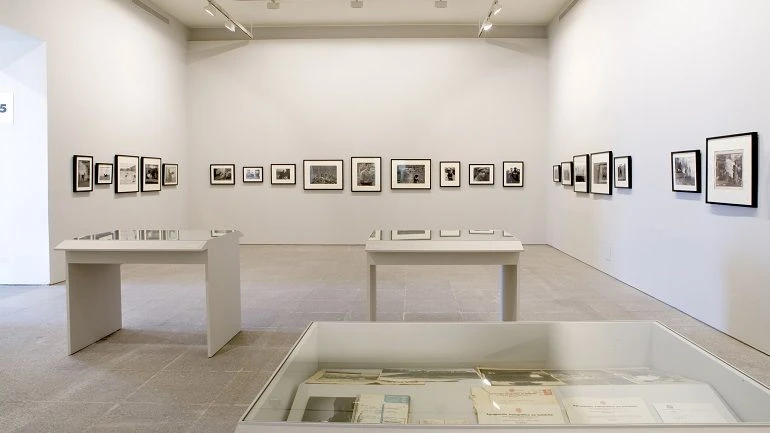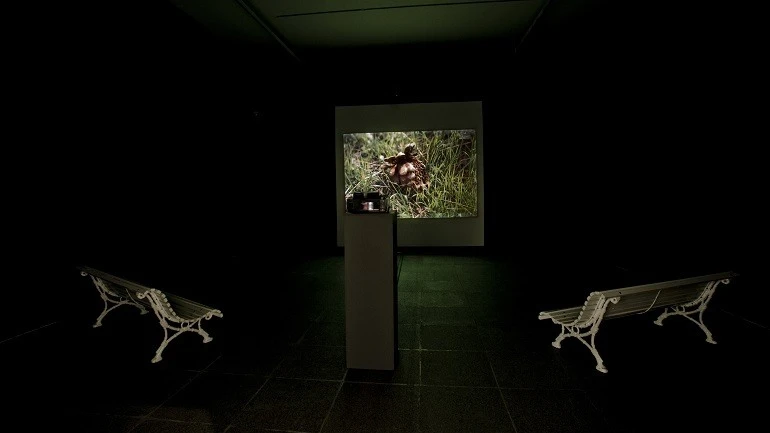Leonardo Cantero
La dehesa del hoyo
In 1957 he establishes the group Palangana in Madrid along with fellow photographers Gabriel Cualladó, Francisco Gómez, Gerardo Vielba and Paco Ontañón, he is a member of the so-called Escuela de Madrid and of the photographic group AFAL which participates in numerous national and international exhibitions. Besides humanistic stories, he produces an extensive documentary work on the mimicry of insects, a colour series of slides with which he experimented early and presented at the III International Biennial of Paris of 1961.
The prestigious annual Photo Year Book released some of Cantero’s photographs from the early sixties. He was invited to participate in the Global Photography Exhibition II and the Spanish yearbook Everfoto published several of his images in the early seventies.
The Spanish political context of the period imposed some limitations that his international counterparts did not experience, a censorship that he adopted with a humanistic and documentary approach. But Cantero’s work was not limited to the world of his farm and insects: he travelled throughout Spain and abroad, alone or accompanied by other photographers, and took multiple pictures which he archived until now when they are presented at his solo exhibition. Cantero never took any photographs for commercial purposes, he simply liked to exhibit. He made his first colour slides in 1961; it was something that established a laborious and artisanal procedure for him. His portraits show a friendly coexistence, reflecting the humanism found at the MOMA exhibition The Family of Man (1955), an exhibition that travelled to 60 countries, excluding Spain, and whose catalogue was distributed here for the first time in 1957, its influence leaving significant traces in Spanish photography.
Artists
Organised by
Museo Nacional Centro de Arte Reina Sofía
Image gallery

